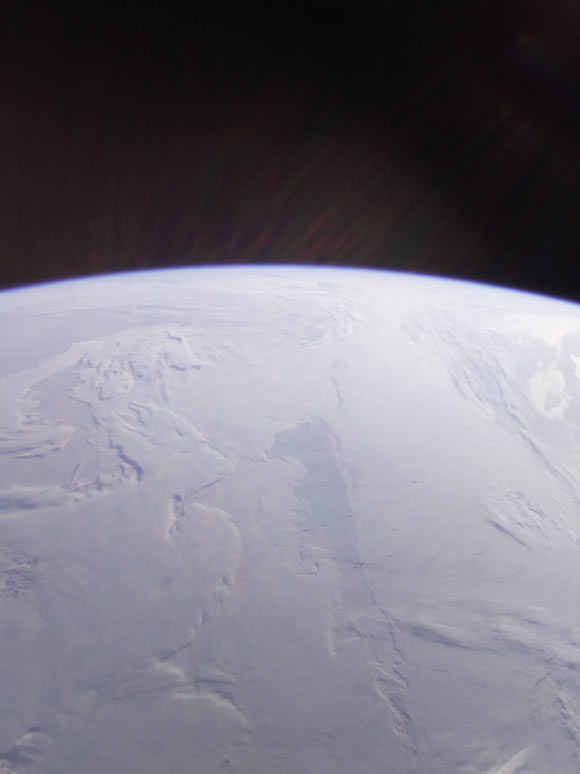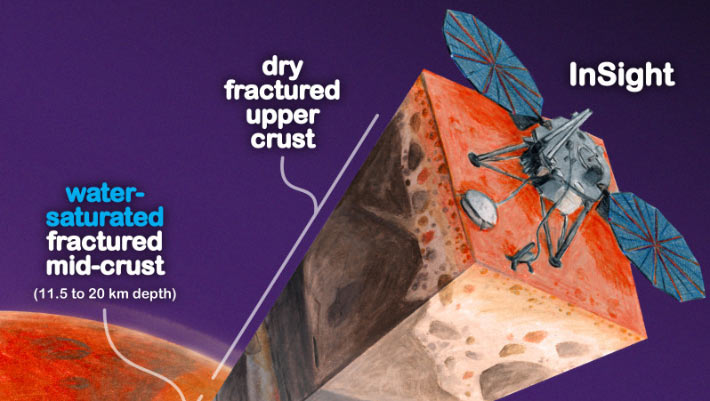NASA’s Endurance Mission Measures Earth’s Ambipolar Electric Field for First Time
First hypothesized more than 60 years ago, the ambipolar electric field is a key driver of the polar wind, a steady outflow of charged particles into space that occurs above…











